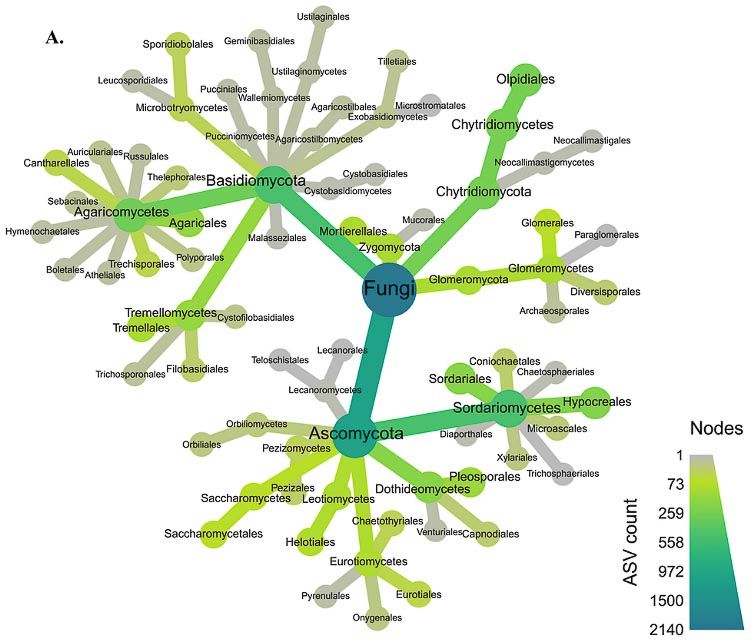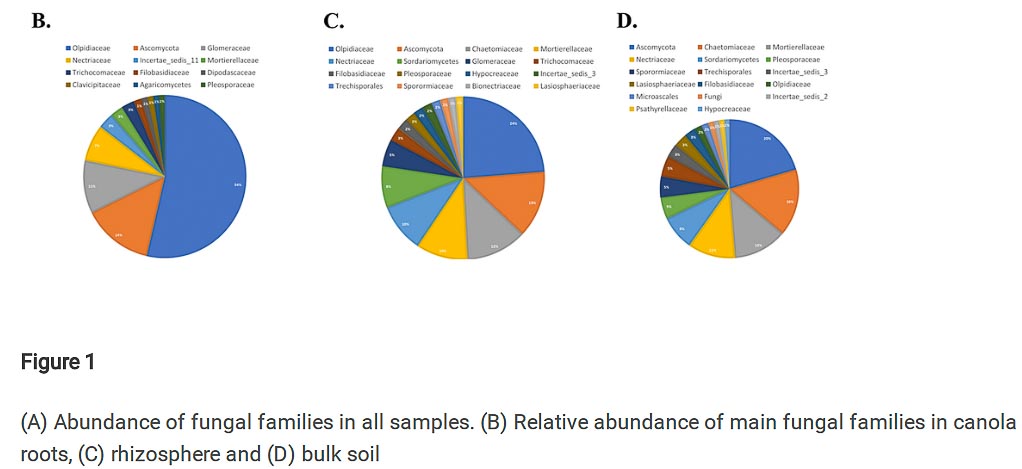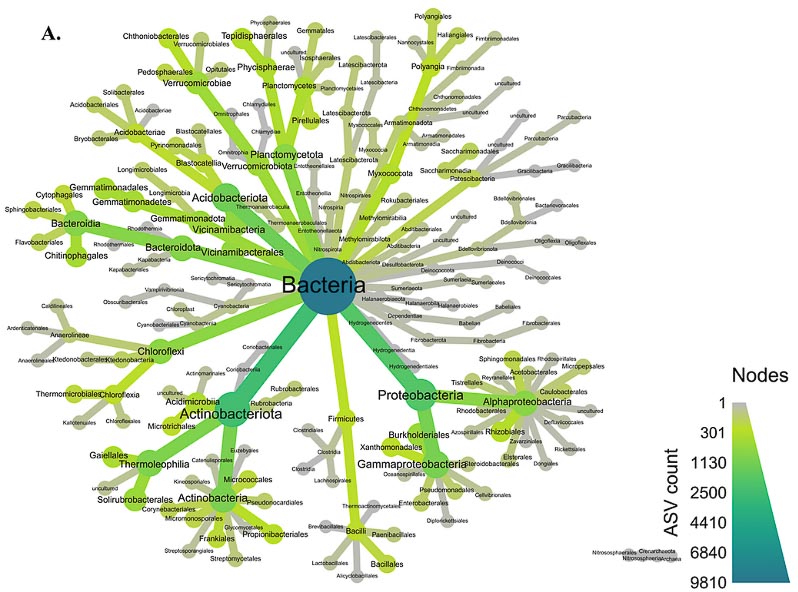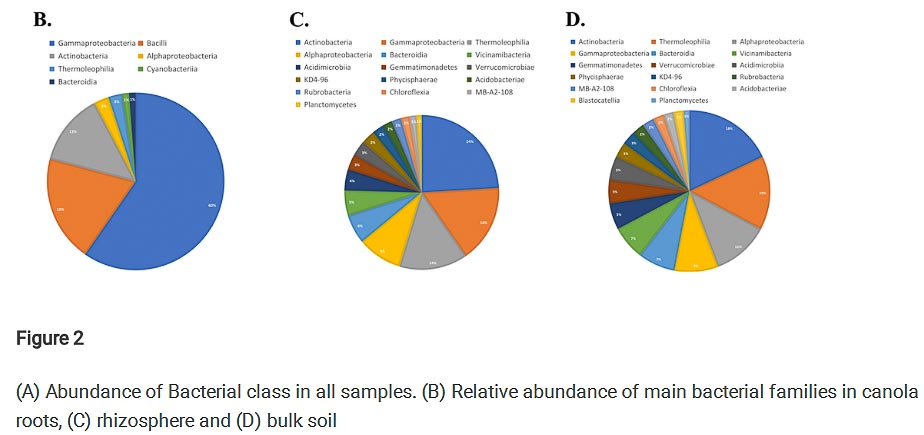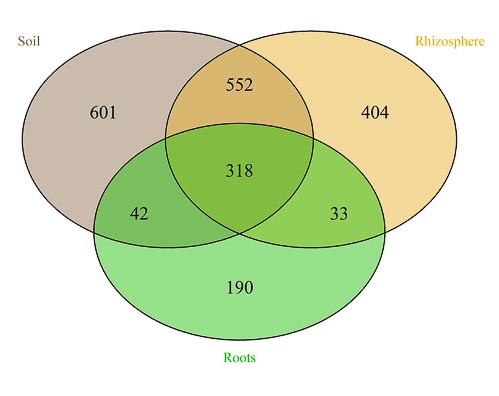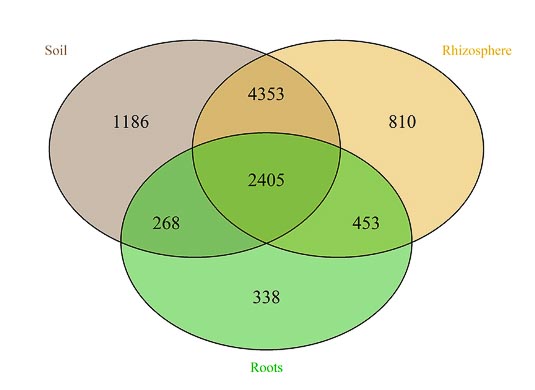Section 2:
Vertical transmission of Seed Microbes:
Did you know that in nature, a mother plant places 2 Billion microbes of its root microbiome in the seed for the future generation- so that upon germination the new plant can enjoy the full microbial benefit that the mother plant built up in terms of soil microbial diversity and soil function. Kindly see https://enviromicro-journals.onlinelibrary.wiley.com/doi/full/10.1111/1751-7915.14322
What happens in nature in terms of vertical seed microbiome transmission:
- Earthworms visit the roots of plants to feast on healthy soil microbes.
- Soil Microbial diversity increases with each visit.
- The mother plants take up the Soil Microbes with its root system and deposit them in a newly formed seed endosperm -with about 2 Billion microbes per seed.
- The seed drops and resides in the soil seed bank and germinates much later, with a complete consortia of diverse soil microbes.
- Upon germination the number of soil microbes in the seed increase by 1000% immediately.

Vertical transmission of Seed Microbes:
The plant microbiome is an assembly of microorganisms that live together in and near a plant and interact to form a microbial ecosystem. Microbiomes of all sorts interact closely with the living and non-living parts of their environment.

Bio-Priming:
Bio-Priming is a new technique of seed treatment that integrates biological (inoculation of seed with beneficial organism to protect seed) and physiological aspects for disease control and yield increase. https://enviromicro-journals.onlinelibrary.wiley.com/doi/full/10.1111/1751-7915.14322 . It simulates the visit of earthworms to the mother plant and vertical transmission ofbeneficial soil microbiome organisms to the new generation.
Different types of Seed Coating:
Section 3:
Specific Case Studies:
Canola Microbiome Perspective:
- Canola plants have a very specific microbiome and we Bio-Prime® these specific microbes into and unto the seed.
- The Canola plant discriminates between different soil microbes and select specific fungi and microbes as Keystone species which act as gateways during plant-soil microbe interactions.
What are the keystone species?
A keystone species is an organism that helps define an entire ecosystem. Without its keystone species, the ecosystem would be dramatically different or cease to exist altogether. Keystone species have low functional redundancy-if they are gone everything collapses.


What does Bio-Prime® and Vermicoat® do to these Canola Fungal and Microbial Clusters?
- It ensures you have the keystone species (diversity) on all seeds in enough quantity.
- The keystone species act as your nutrient gateways.
- It builds out these clusters around the nutrient gateway keystone species so that more microbes feed more plant available nutrients to your plants root system.
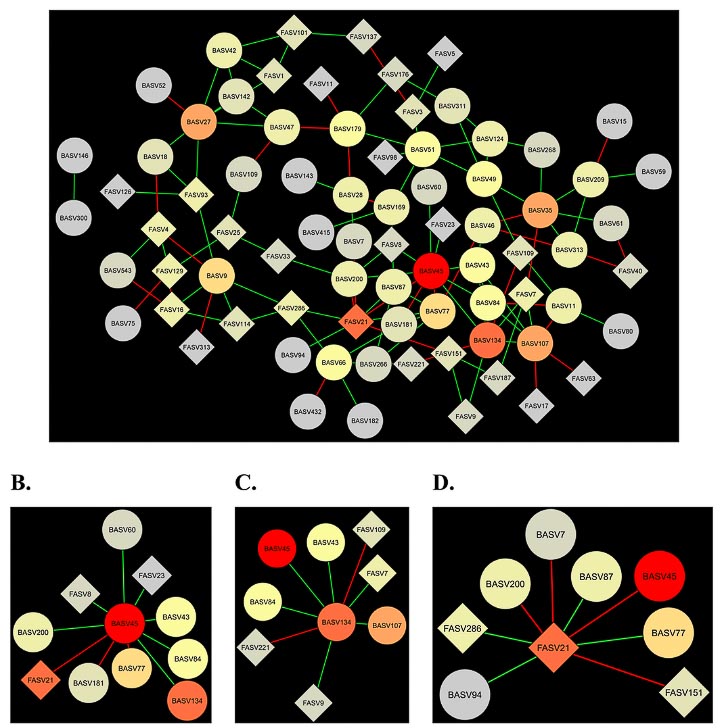
(B) Sub-network centered around BASV45. (C) Sub-network centered around BASV134. (D) Sub-network centered around FASV21.
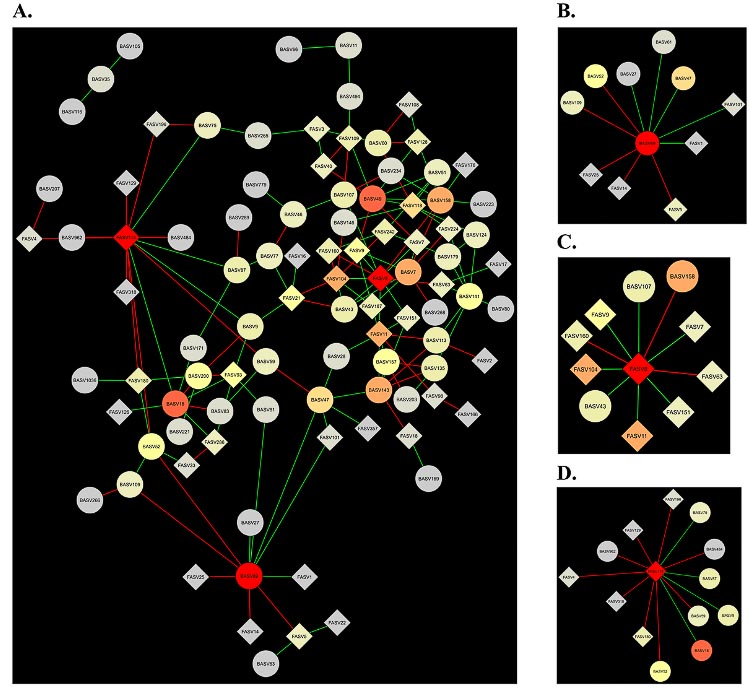
What else does Bio-Prime® and Vermicoat® Do to the Plant Microbiome?:
- We use Earthworm microbes from the soil surface, Rhizosphere soil; and bulk soil to build out the soil microbial diversity in each seeds microbiome in the full soil profile.
- A single Canola seed in nature has about 2 Billion Microbes, and after germination this increases by up to a 1000%. As the plant roots expand and grow so the microbial population expands with it.
- We make sure that we have enough Keystone species diversity and population density to ensure that there are enough nutrient pathways to the root system of the Canola so that maximum nutrient uptake efficiency take place.
Amount of Nutrients required for Canola for 1960 kg per ha:
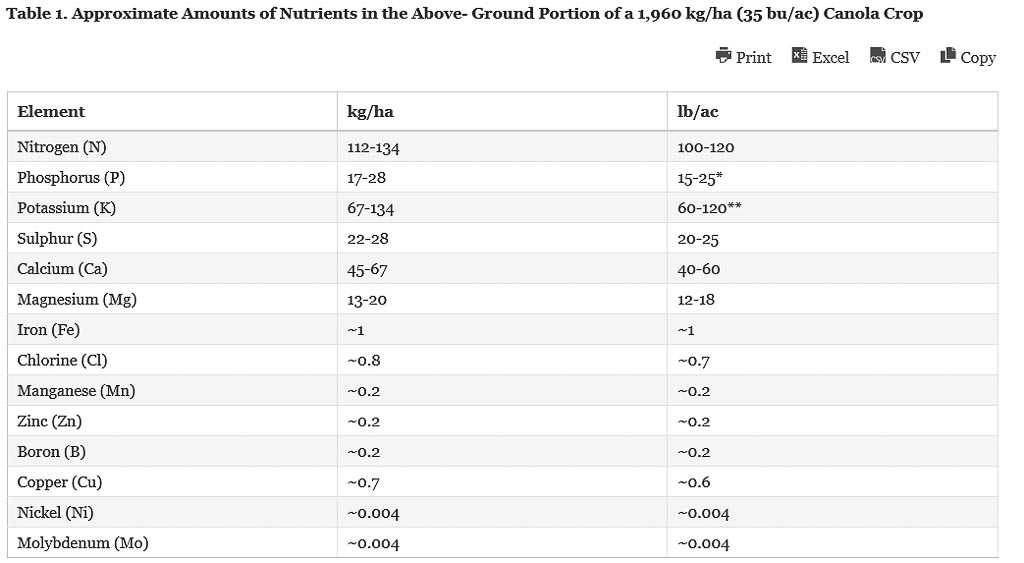
- Keystone microbial species acting as gateways to root nutrient uptake with extensive cluster consortia of Microbes and Fungi.
- Root system up to 700 times larger due to expanded fungal and microbial networks.
- Biological Trade Network exchanging nutrients between plants.
- Biological Nitrogen fixation from Free Living Nitrogen Microbes and Fungi.
- Full soil functionality down the entire soil profile.
Why do Commercial Agriculture have such low yield?
- Very high Herbicide and Pesticide use lead to a decrease in soil microbial diversity, with the size of microbial clusters declining and delinking and the loss of entire keystone taxa.
- Very high chemical fertilizer use also lead to declining soil microbial diversity -lowering the population density of vital microbes throttling the available nutrient gateways.
Frequently asked questions:
- Can Bio-Prime® be used on any seed?
Yes - Can you do it yourself?
Yes. - What type of water should be used?
Borehole or rainwater. - What does Bio-prime® cost?
Typically R1000 per ha for everything, Bio-Prime and Vermicoat® included. The one does the inside of the seed and the other the outside. You need get and use both. - How long does it take to Bio-Prime® and Vermicoat® about 25 kg of seed?
Typically 15 to 20 minutes the first time, and when proficient, as short as 5 minutes per ha of seed, depending on seed type. Larger seeds such as Soya are easier than fineseed such as grass seeds, while round seeds like Canola coat very easily. - Can you do it outside?
Yes, in the shade and not in direct sunlight as UV light is bad for microbes. - What are the most common mistakes?
Using municipal or chlorinated water which kills all microbes. Mixing seed with lime to calibrate a planter. Putting seed in direct sun. Mixing Bio-Primed seed with pesticide or herbicide. - If you Bio-Prime you seeds, can you still use broadleaf herbicide after emergence.
Yes, but you detract from optimal performance and typically kill 25%+ of your microbial population due to leaves taking up herbicide and leaking it via the roots where it negatively impacts the microbes inside the protective film coating covering the roots. - Should you replace your mineral nitrogen fertilizer with Bio-Prime® Nitrogen microbes fixing 80 N per ha?
Yes you can. As a general rule of thumb, keep all your other phosphate potash and micro nutrient fertilizer the samem but swop out 100% of your nitrogen fertilizer. From year 2 onwards, depending on soil analysis, you can a portion of your other fertilizer as per the soil analysis. Better nutrient uptake efficiency will make this possible. - Should the Biological Nitrogen microbes be mixed with mineral fertilizer application?
No. - Is this a scam?
We developed this technology for our own seed production industry and based on results expanded availability to friends and family and eventually other industries. It takes 15 years to get 15 years worth of experience as a pioneer, so listen carefully and learn. We treat Millions of Rands worth of seed and know what we are doing, from doing. It is much easier to only know the right way with the right materials than to make all the mistakes that can be made mastering things. - Can we produce the priming and coating technology cheaper ourselves?
Yes you can, if you only do it and nothing else like farm full-time. - Why do results vary?
Soil vary, herbicide and fertilizer history vary, application success vary because personel training varies. Sometimes it is the jockey and not the horse. - Can we mix conventional and biological organic farming practises?
Yes you can, but results will vary. Using Bio-Prime will counter at least some negative effects of herbicide application and it is better than not doing it. - What risks are there?
Shelf life of treated seed is shorter so don’t store primed seed for the next season but plant it as soon as possible. 2-4 weeks storage is fine.



